Automation Win: Recreating Cisco ACI Tenants in Public Cloud
This blog post was initially sent to the subscribers of our SDN and Network Automation mailing list. Subscribe here.
Most automation projects are gradual improvements of existing manual processes, but every now and then the stars align and you get a perfect storm, like what Adrian Giacommetti encountered during one of his automation projects.
The customer had well-defined security policies implemented in Cisco ACI environment with tenants, endpoint groups, and contracts. They wanted to recreate those tenants in a public cloud, but it took way too long as the only migration tool they had was an engineer chasing GUI screens on both platforms.
Networking and Infrastructure News Roundup: October 16 Edition
Cisco adds cloud-managed sensors for asset and facility monitoring, Masergy unveils secure SD-WAN solutions for the remote workforce, and more.Solving Microservices Connectivity Issues with Network Logs
The network is foundational to distributed application environments. A distributed application has multiple microservices, each running in a set of pods often located on different nodes. Problem areas in a distributed application can be in network layer connectivity (think network flow logs), or application resources unavailability (think metrics), or component unavailability (think tracing). Network layer connectivity can be impacted by various factors such as routing configuration, IP pool configuration, network policies, etc. When service A cannot talk to service B over the network, or an external application cannot connect to service A, network logs become an essential source of historical data needed for troubleshooting connectivity issues. Just like in a traditional network, network logs enable cluster administrators to monitor the Kubernetes microservices network.
Network Logs Can Address Multiple Use Cases
Network logs can be used to serve the unique requirements of different teams (DevOps, SecOps, Platform, Network). The value of Kubernetes network logs resides in the information collected, such as detailed context about endpoints (e.g., pods, labels, namespaces) and the network policies deployed in configuring the connection. Within the IT estate, DevOps, SecOps, Network and Platform teams can use network logs to address use cases that Continue reading
Getting the Most From Your Enterprise Software
An important survival strategy in austere times is to be sure your employees are getting the most value from the software your company already licenses.Evolution of Excel 4.0 Macro Weaponization – Continued
Introduction
The evolution of the Excel 4.0 (XL4) macro malware proceeds apace, with new variations and techniques regularly introduced. To understand the threat landscape, the VMware NSBU Threat Analysis Unit extended its previous research on XL4 macro malware (see the previous blog) to analyze new trends and techniques.
Against analysis engines, the new samples have some novel evasion techniques, and they perform attacks more reliably. These variants were observed in June and July. Figure 1 depicts the Excel 4.0 macro malware wave.

Figure 1: Malicious XL4 submission: May-Aug 2020
Broadly, the samples can be categorized into three clusters. Based on the variation of the samples in these three clusters, the weaponized documents can be grouped into multiple variants.
Cluster 1: Relative Reference
The samples in this cluster appeared in the month of June. They use FORMULA.FILL for obfuscation and to move the payload around the sheet. The formula uses relative references to access values stored in the sheet. There are variations in this category; Continue reading
Member News: Haitian Chapter Calls for More Community Networks
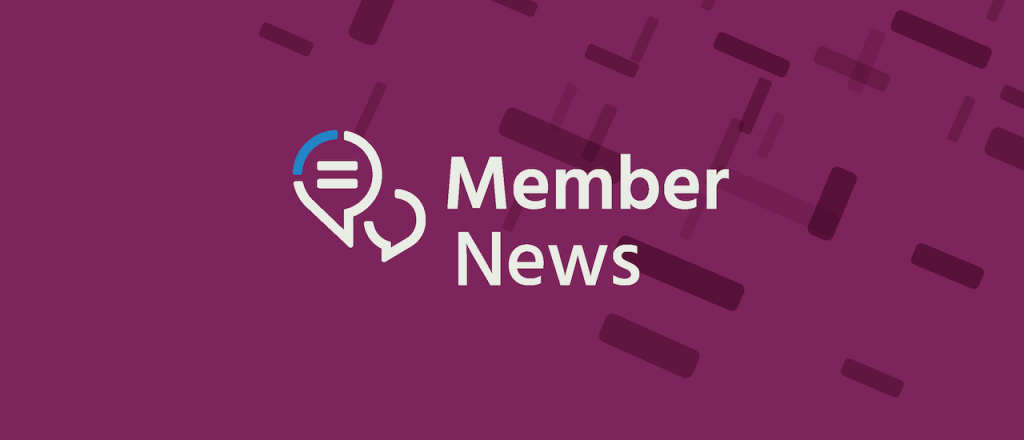
From the community: The Haiti Chapter of the Internet Society recently posted a video advocating for more community networks in the country. Internet access is a necessity during the COVID-19 health emergency, the Chapter said. Still, there is a challenge of providing access in rural areas of the country. The Chapter wants a plan that allows communities to build their own networks “where it is not yet economically viable for Internet service providers” to offer broadband service.
Going to school: The Kyrgyzstan Chapter has provided an update about its very active ilimBox project, which provides an Internet-in-a-box service to schools in the country. In late August, the ilimBox team, with the financial support of the European Union, installed 22 ilimBox devices in the border villages of Batken region.
Don’t split the Internet: The Greater Washington, D.C., Chapter has voiced opposition to U.S. President Donald Trump’s plans to ban Chinese apps TikTok and WeChat from the U.S. The Chapter is “against breaking the Internet,” it wrote. The proposed ban “undermines the foundations of the Internet.” The Chapter’s statement echoes the position of the Internet Society as a whole.
Safety first: The St. Vincent and the Grenadines Continue reading
Day Two Cloud 070: The State Of Multi-Cloud Networking
Today's show is a vigorous discussion of multi-cloud networking. Our guest, networking expert Ivan Pepelnjak, brings a heavy dose of skepticism, nuance, and informed perspective to the tricky issue of connecting workloads across different public clouds.Day Two Cloud 070: The State Of Multi-Cloud Networking
Today's show is a vigorous discussion of multi-cloud networking. Our guest, networking expert Ivan Pepelnjak, brings a heavy dose of skepticism, nuance, and informed perspective to the tricky issue of connecting workloads across different public clouds.
The post Day Two Cloud 070: The State Of Multi-Cloud Networking appeared first on Packet Pushers.
Introducing Cloudflare One Intel
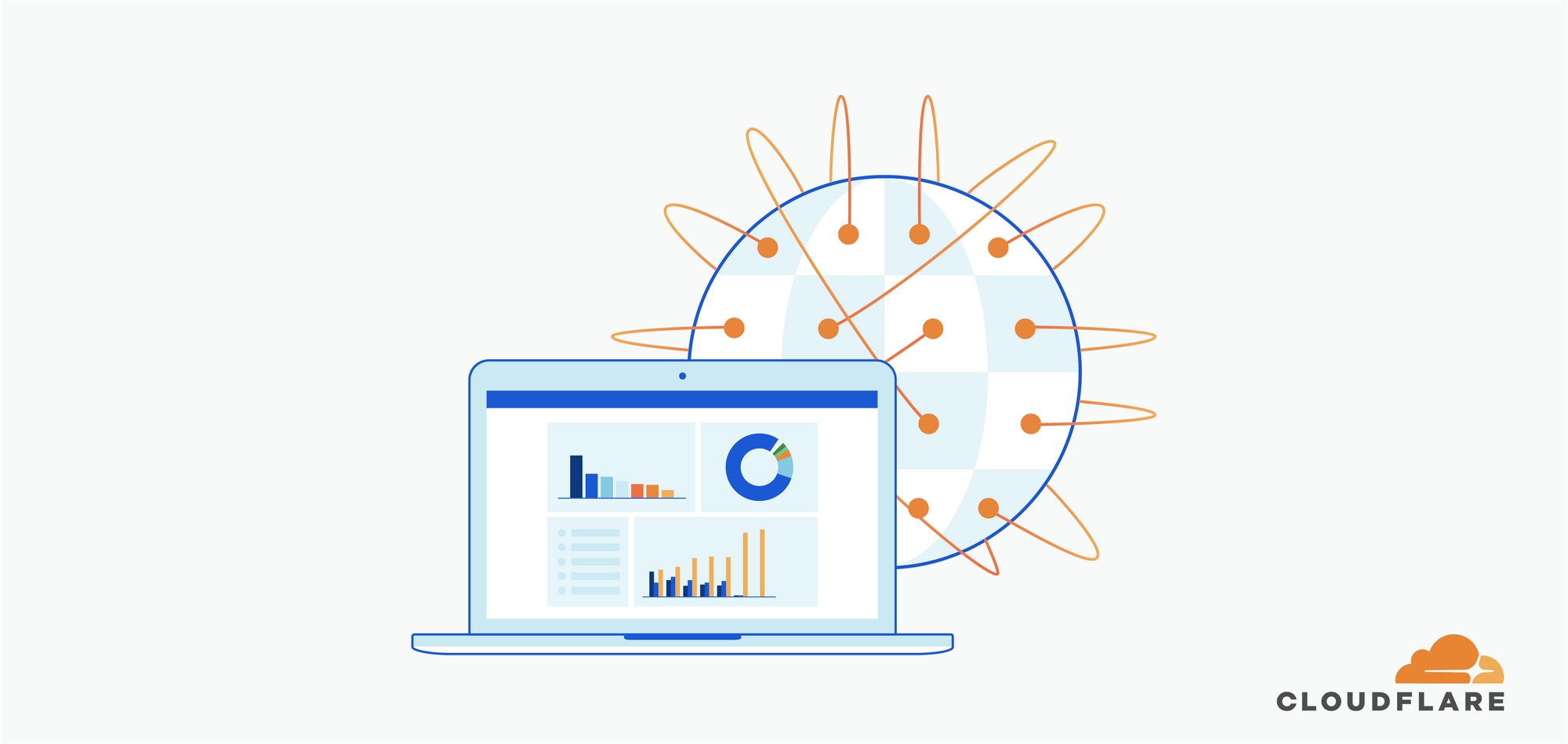
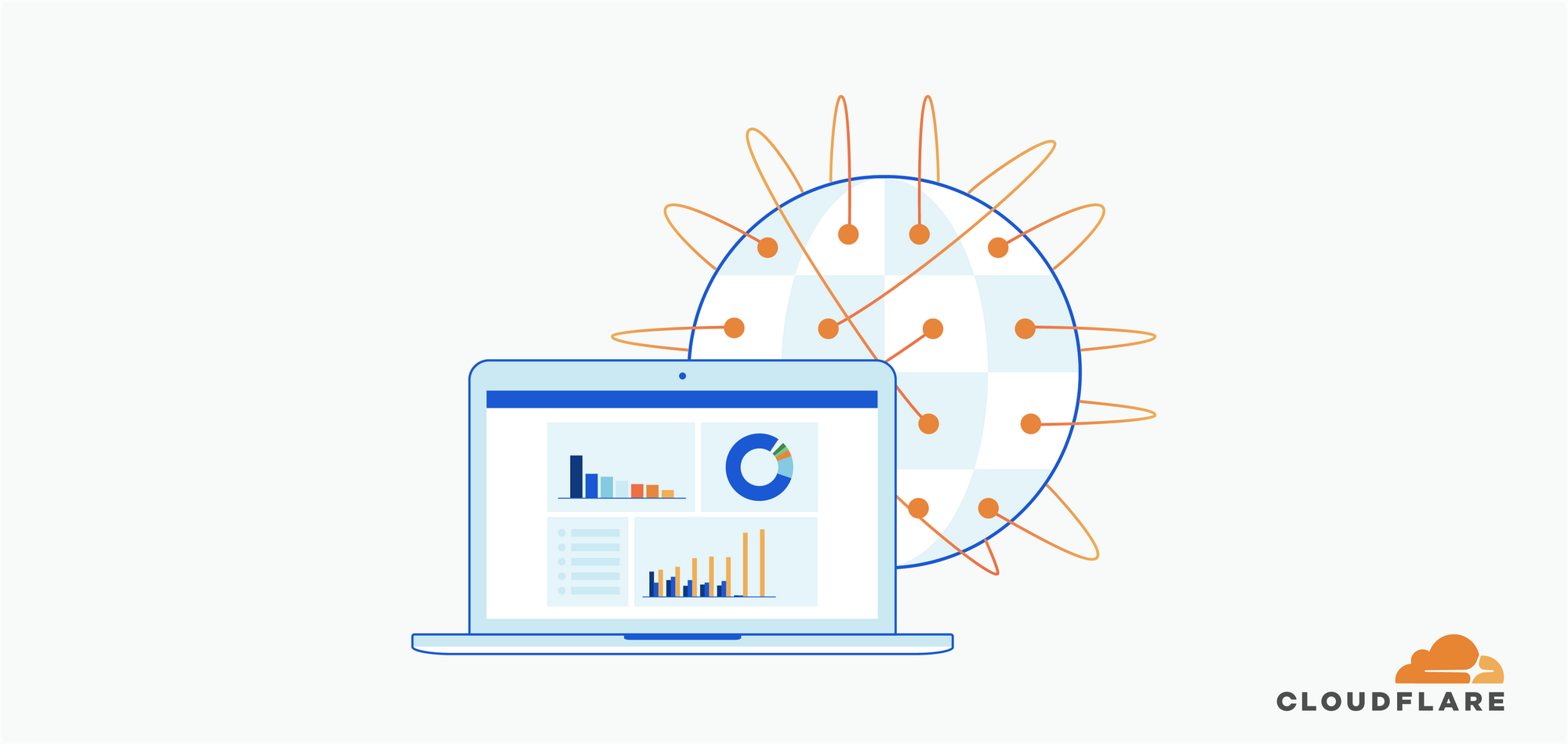
Earlier this week, we announced Cloudflare One, a single platform for networking and security management. Cloudflare One extends the speed, reliability, and security we’ve brought to Internet properties and applications over the last decade to make the Internet the new enterprise WAN.
Underpinning Cloudflare One is Cloudflare’s global network - today, our network spans more than 200 cities worldwide and is within milliseconds of nearly everyone connected to the Internet. Our network handles, on average, 18 million HTTP requests and 6 million DNS requests per second. With 1 billion unique IP addresses connecting to the Cloudflare network each day, we have one of the broadest views on Internet activity worldwide.
We see a large diversity of Internet traffic across our entire product suite. Every day, we block 72 billion cyberthreats. This visibility provides us with a unique position to understand and mitigate Internet threats, and enables us to see new threats and malware before anyone else.
At the beginning of this month, as part of our 10th Birthday Week, we launched Cloudflare Radar, which shares high-level trends with the general public based on our network’s aggregate data. The same data that powers that view of the Internet also Continue reading
Introducing WARP for Desktop and Cloudflare for Teams
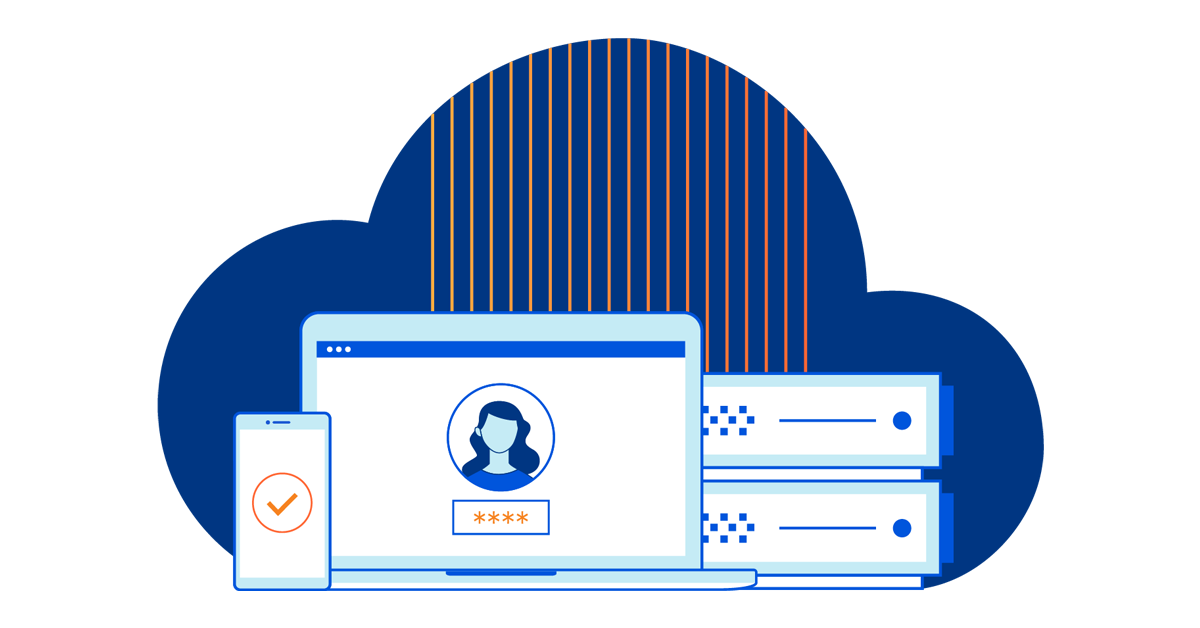
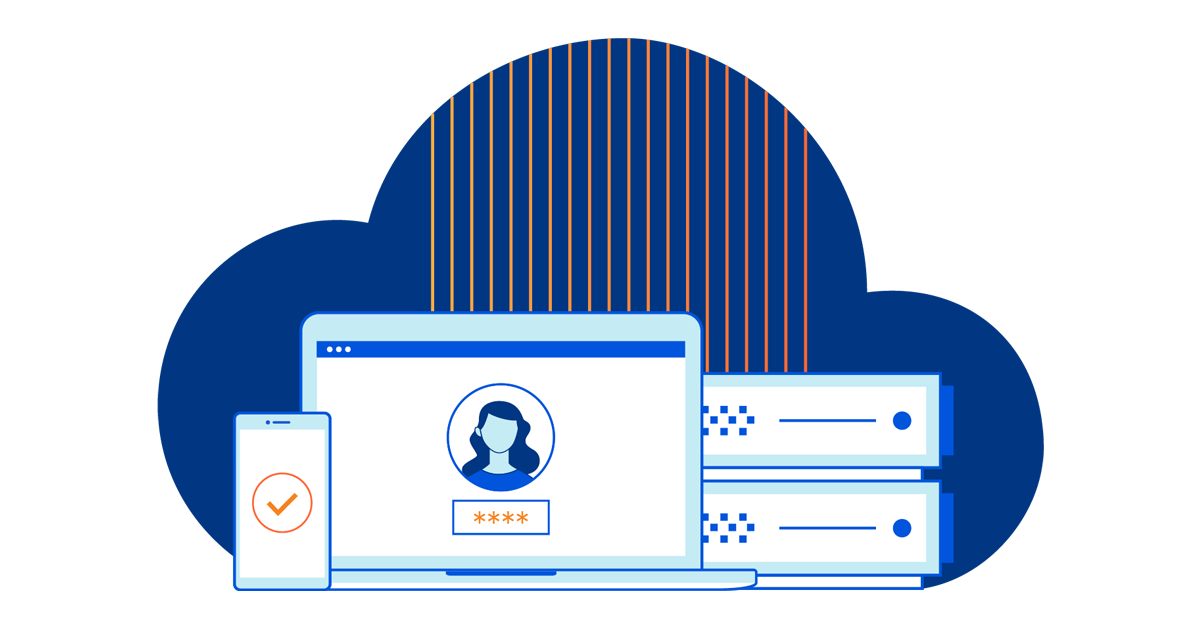
Cloudflare launched ten years ago to keep web-facing properties safe from attack and fast for visitors. Cloudflare customers owned Internet properties that they placed on our network. Visitors to those sites and applications enjoyed a faster experience, but that speed was not consistent for accessing Internet properties outside the Cloudflare network.
Over the last few years, we began building products that could help deliver a faster and safer Internet to everyone, not just visitors to sites on our network. We started with the first step to visiting any website, a DNS query, and released the world’s fastest public DNS resolver, 1.1.1.1. Any Internet user could improve the speed to connect to any website simply by changing their resolver.
While making the Internet faster for users, we also focused on making it more private. We built 1.1.1.1 to accelerate the last mile of connections, from user to our edge or other destinations on the Internet. Unlike other providers, we did not build it to sell ads.
Last year we went one step further to make the entire connection from a device both faster and safer when we launched Cloudflare WARP. With the push of a Continue reading
Cloudflare Gateway now protects teams, wherever they are

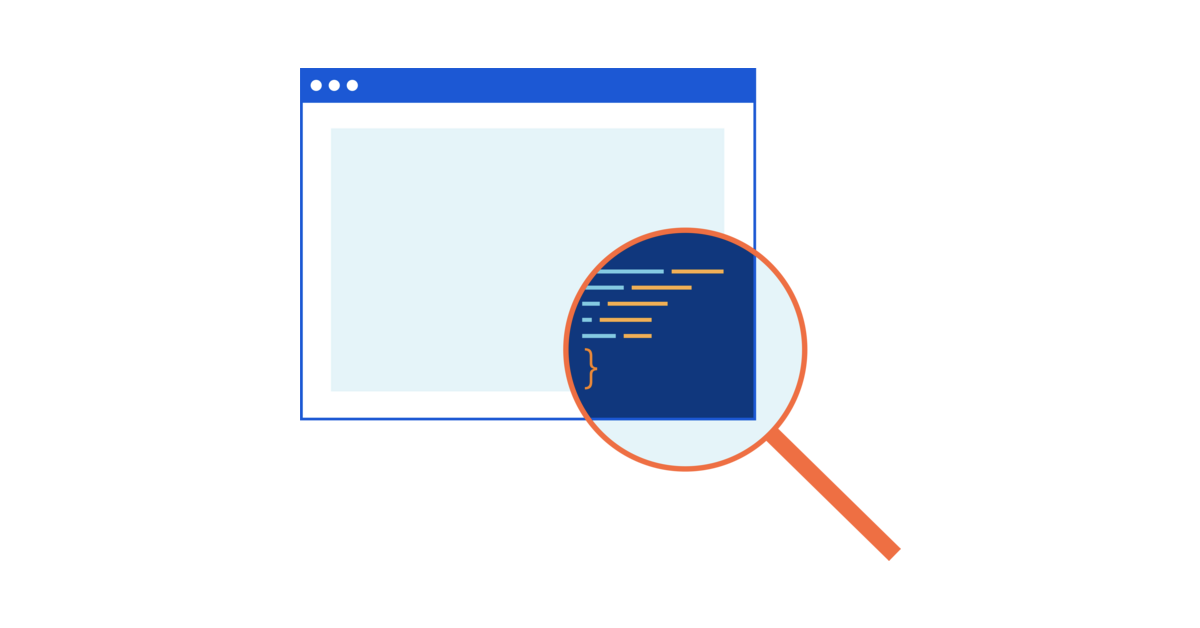
In January 2020, we launched Cloudflare for Teams—a new way to protect organizations and their employees globally, without sacrificing performance. Cloudflare for Teams centers around two core products - Cloudflare Access and Cloudflare Gateway.
In March 2020, Cloudflare launched the first feature of Cloudflare Gateway, a secure DNS filtering solution powered by the world’s fastest DNS resolver. Gateway’s DNS filtering feature kept users safe by blocking DNS queries to potentially harmful destinations associated with threats like malware, phishing, or ransomware. Organizations could change the router settings in their office and, in about five minutes, keep the entire team safe.
Shortly after that launch, entire companies began leaving their offices. Users connected from initially makeshift home offices that have become permanent in the last several months. Protecting users and data has now shifted from a single office-level setting to user and device management in hundreds or thousands of locations.
Security threats on the Internet have also evolved. Phishing campaigns and malware attacks have increased in the last six months. Detecting those types of attacks requires looking deeper than just the DNS query.
Starting today, we’re excited to announce two features in Cloudflare Gateway that solve those new challenges. First, Continue reading